Electric vehicles (EVs) have changed how we think about mobility, but they have also created new challenges for our power grids. Every time a large number of EVs plug in during peak hours, the grid feels the weight, which leads to an energy imbalance and wasted potential.
During our GenAI and Data Engineering Workshop, Dev Panchal, Associate Software Engineer at Azilen, decided to take this challenge personally. Working solo, he set out to build a model that treats every EV as more than just a power consumer – as a contributor to the grid itself.
His project, EV Charging Optimization using the Vehicle-to-Grid (V2G) concept, rethinks how energy flows between vehicles and the grid, creating a balance where both sides gain: grid stability and smarter energy use for every EV owner.
Here’s a glimpse of Dev presenting his project on V2G-based Intelligent Energy Management during the GenAI and Data Engineering Workshop.
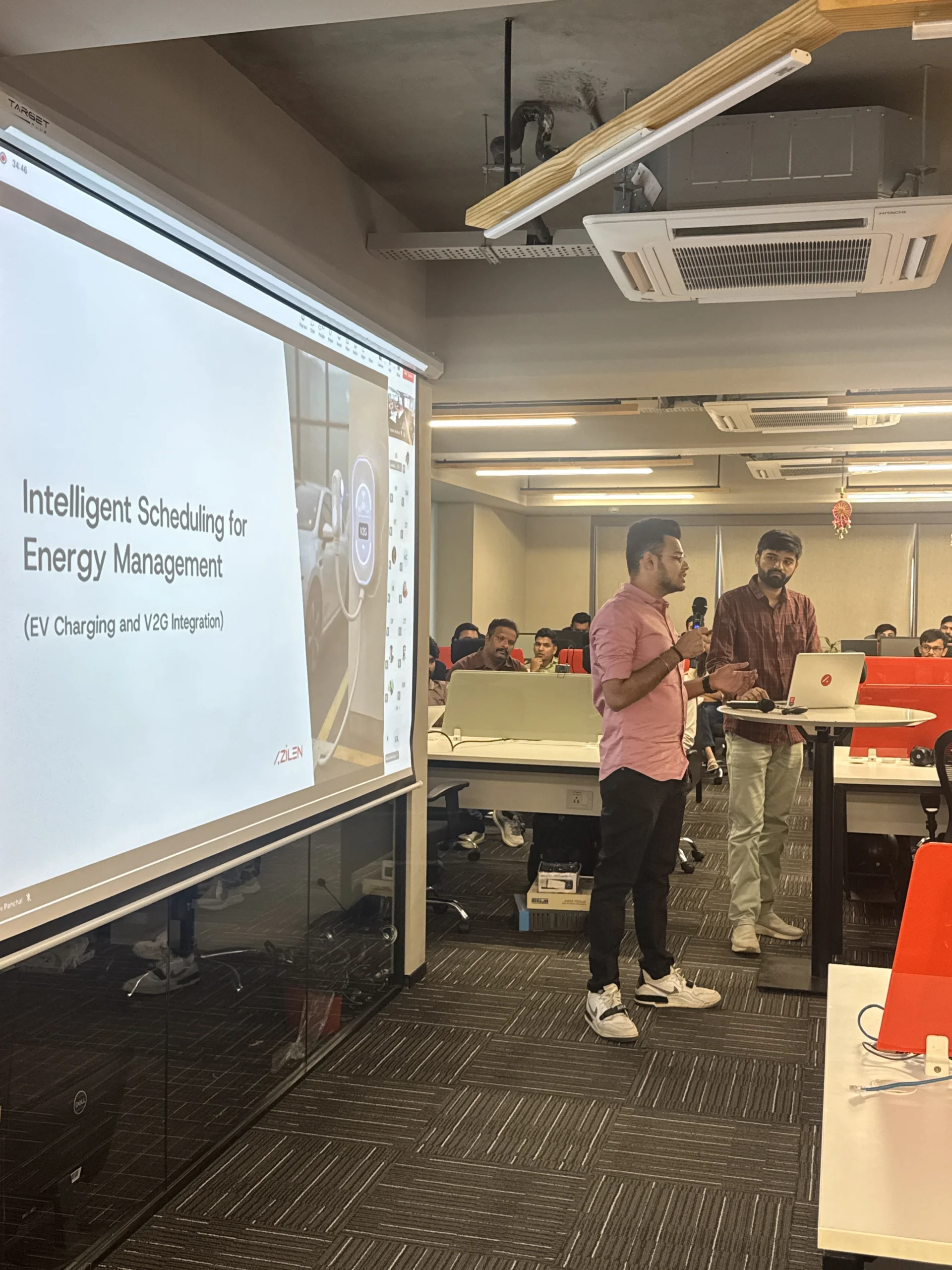
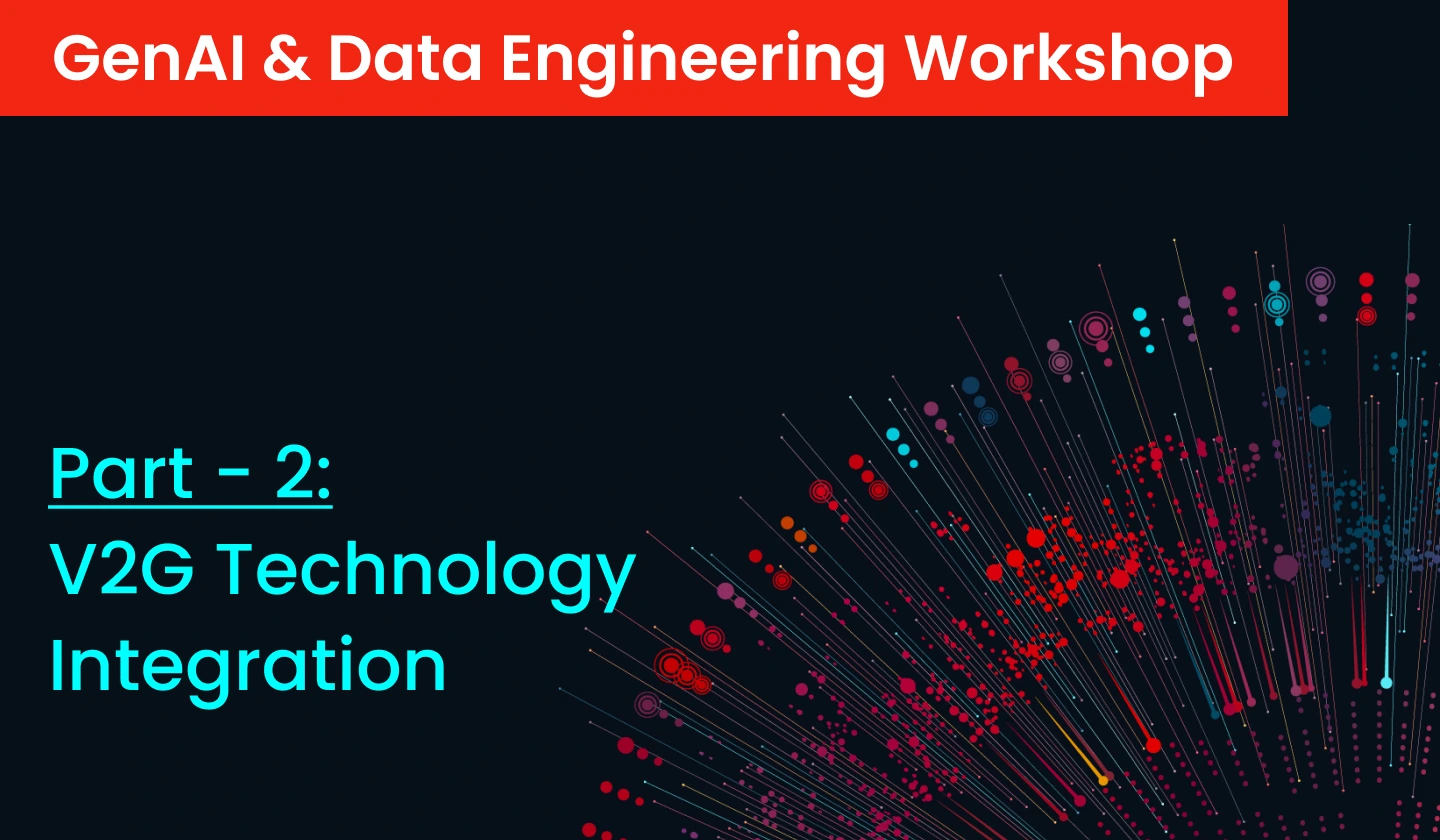
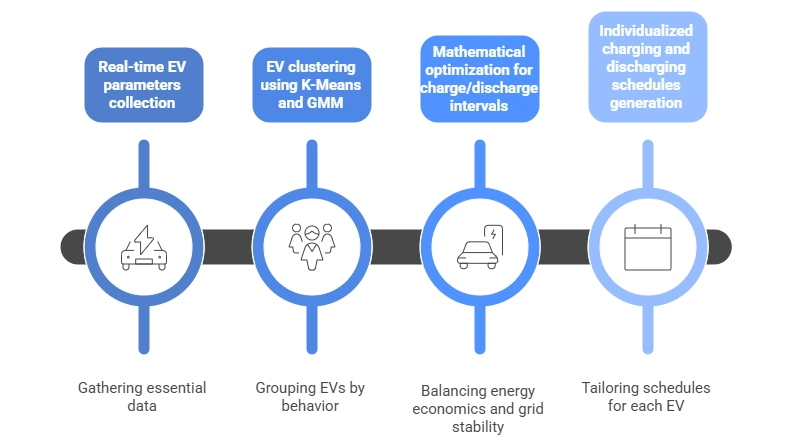

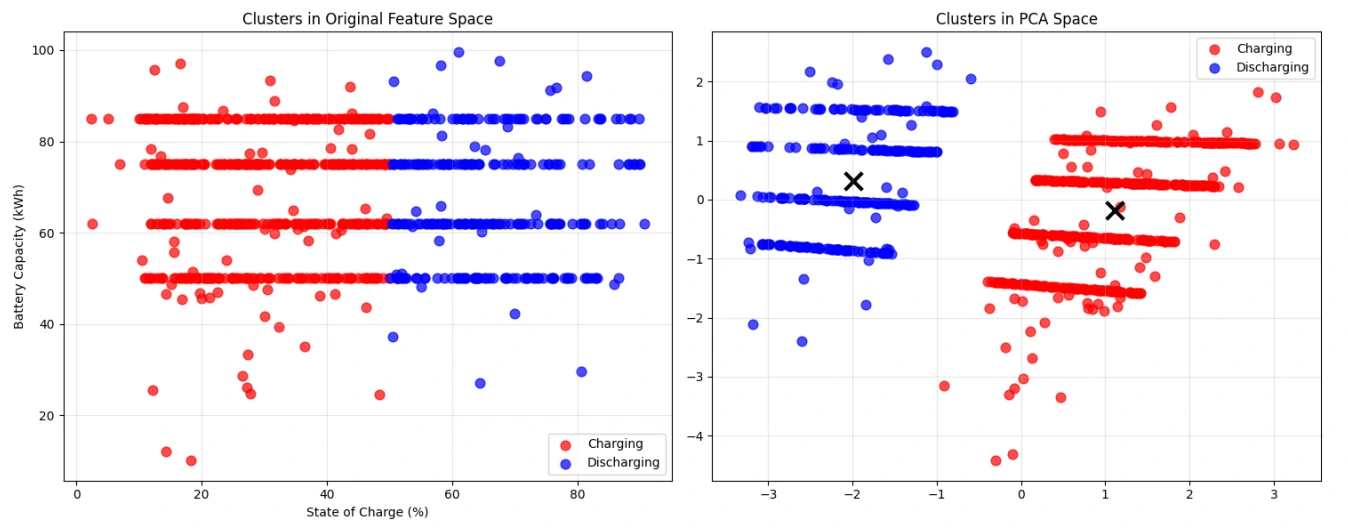



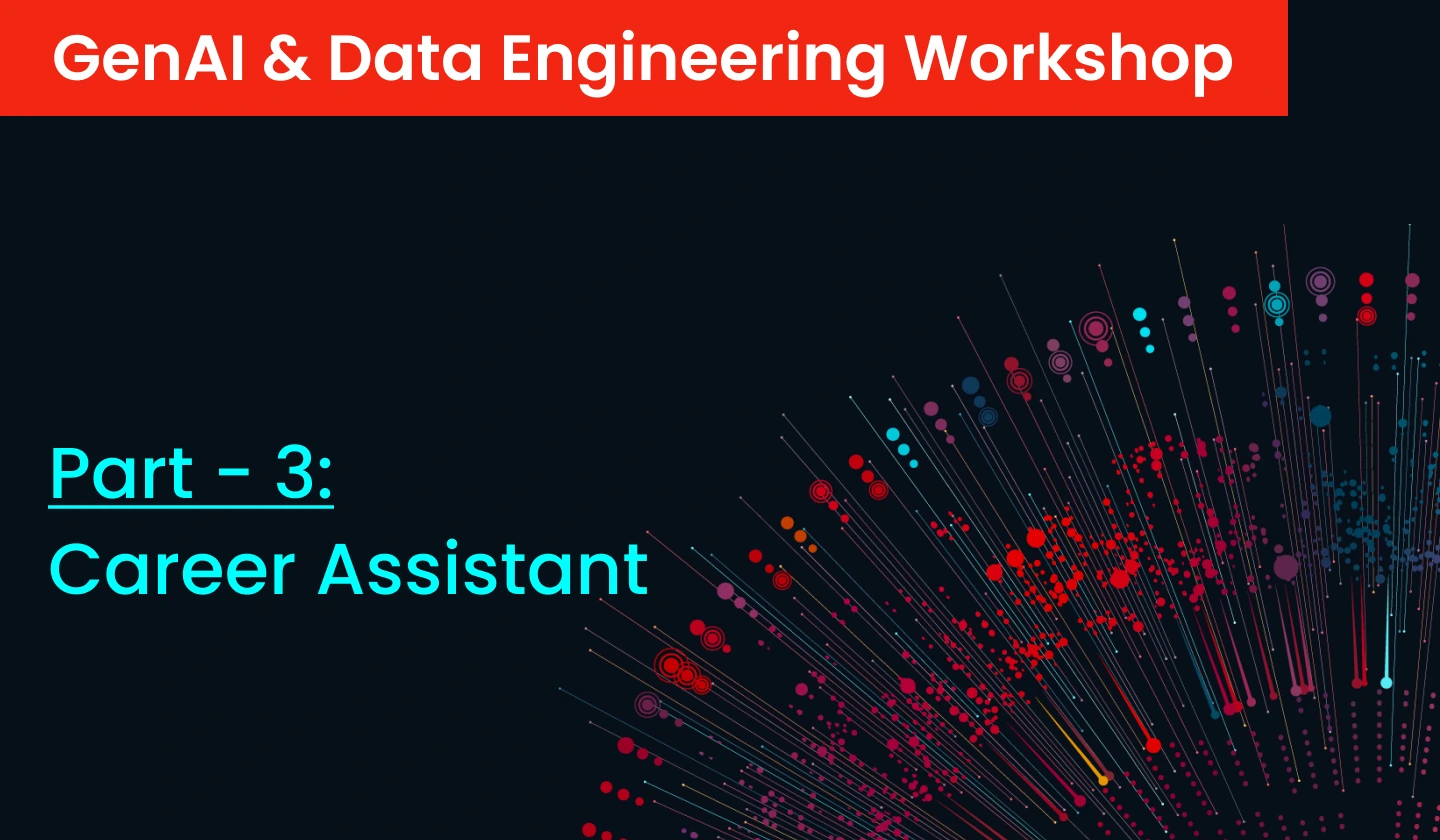
 15 mins
15 mins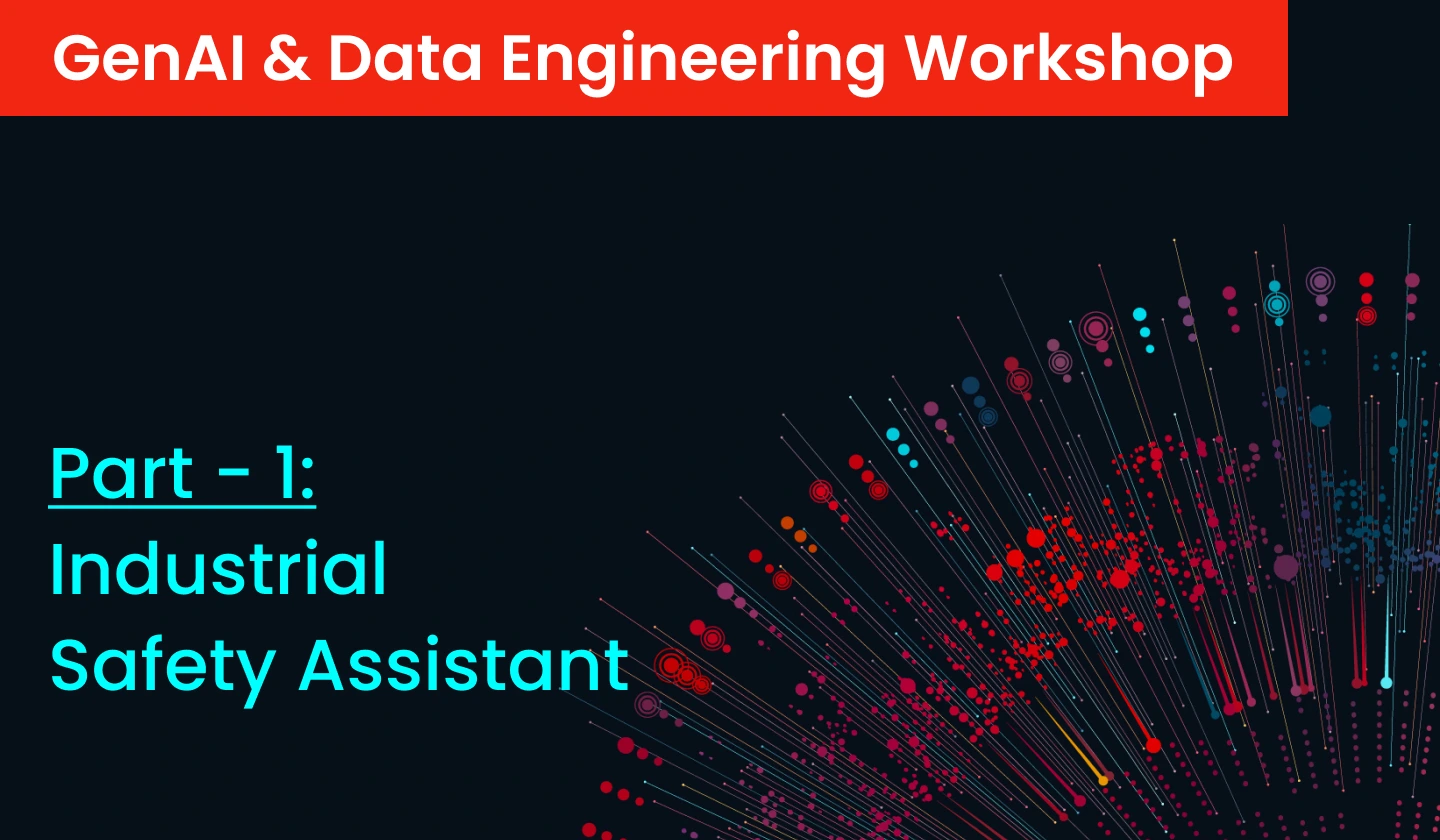

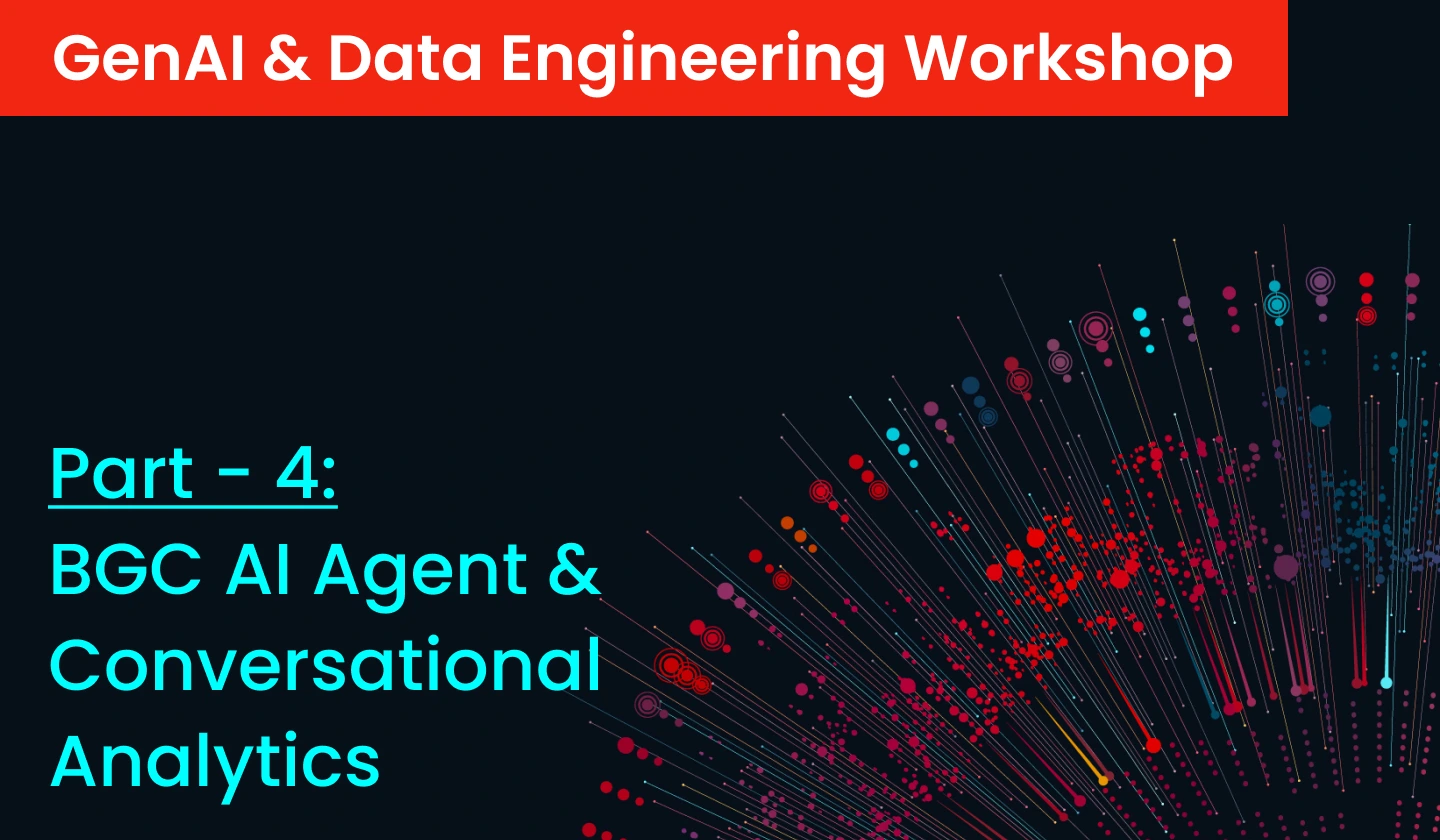









 Talk to Our
Consultants
Talk to Our
Consultants Chat with
Our Experts
Chat with
Our Experts Write us
an Email
Write us
an Email





